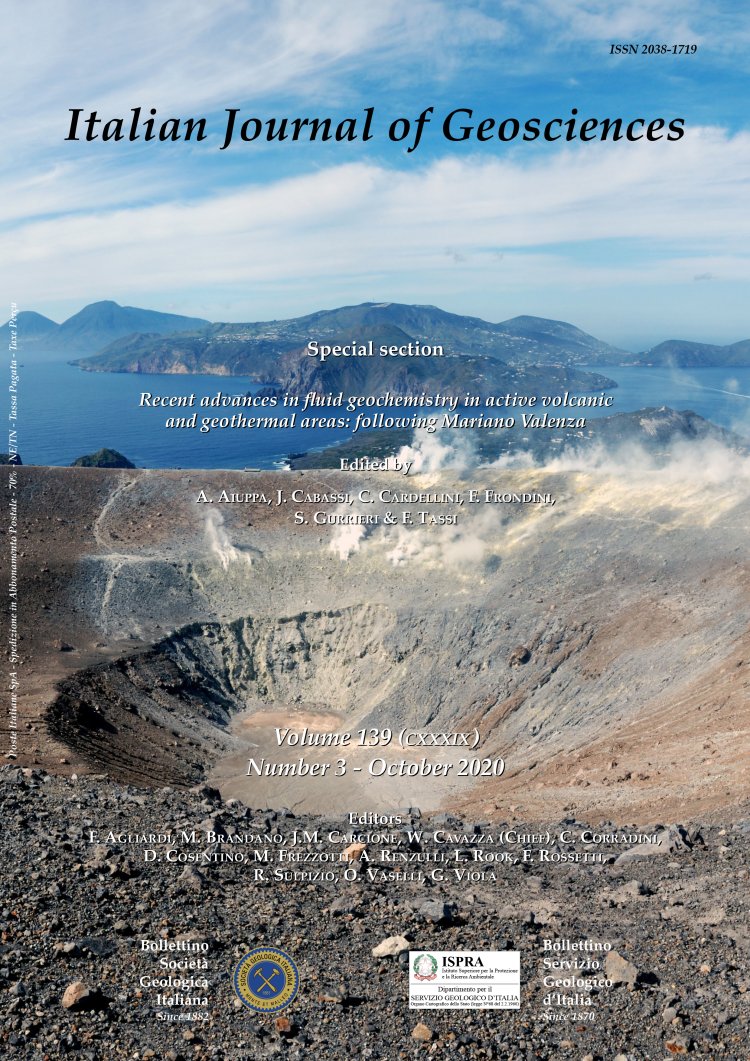
Geology and Cultural Heritage: characterization and provenance of local stones and spolia used in the Romanesque façade of Santa Maria della Piazza church (Ancona, Central Italy)
Maria Letizia Amadori (1), Andrea Paribeni (2), Francesca Gasparetto (3), Biagio De Martinis (4) & Patrizia Santi (1)
(1) Department of Pure and Applied Sciences, University of Urbi- no (Italy).
(2) Department of Humanities, University of Urbino (Italy).
(3) Department of Construction, Civil Engineering and Architecture, Polytechnic University of Marche, Ancona (Italy).
(4) Soprintendenza Archeologia, Belle Arti e Paesaggio delle Marche, Ancona (Italy).
Corresponding author e-mail: maria.amadori@uniurb.it
Volume: 139 (2020) f.3
Pages: 451-468
Abstract
The paper deals with the results of a multi-method archaeometric study focused on the different stones used in the façade of Santa Maria della Piazza church (Ancona, Central Italy). The church is an excellent example of the Italian Romanesque style. It was built at the end of the 12th century close to the old harbour of Ancona (Ankòn in ancient Greek) upon the ruins of an early Christian church, founded at the end of the 4-5th century (barsanti, 1995; Marano, 2019). The architect Magister Philippus projected the construction of the Romanesque church. The current façade was built in 1210 and consists of three parts showing a rich iconography. The splayed Byzantine style portal created by Magister Leonardus is decorated with an impressive and symbolic bas-reliefs.
Partially damaged by numerous earthquakes, Santa Maria della Piazza was restored many times. First renovation was carried out in Romanesque epoch and the second in the Gothic period, until in the recent past. From 2003 to 2008, Architectural and Environmental Heritage Superintendence of the Marche Region (Ancona) supported a conservation project concerning the whole façade. At that time, a diagnostic campaign was also carried out to investigate the different weathering processes affecting the stones.
In 2018, the Superintendence planned a façade monitoring to evaluate the efficacy of the last restoration intervention. Besides, an archaeometric project was carried out both to classify all the stone materials and to determine their provenance. Mineralogical- petrographic investigations and isotopic analyses provided useful results to update the database of stones used in the architectural heritage of the Marche Region. A schematic colour map indicating all the lithotypes employed in Santa Maria della Piazza façade was drawn.
The stones used in the façade are carbonatic lithotypes represented by Maiolica, Scaglia Rossa and Corniola Formations, belonging to the Umbria-Marche Succession, local travertine and extra-regional stones such as Istria stone, Aurisina stone, Breccia Corallina and Occhio di Pavone. Among different types of marbles Carrara, Thasian, Proconnesian, Iassense and Pavonazzetto were identified. Several elements, such as figural reliefs, slabs, and columns, representing fascinating examples of reused materials (spolia), come from both local geological formations and various Mediterranean areas.
Keywords
Get Full Text